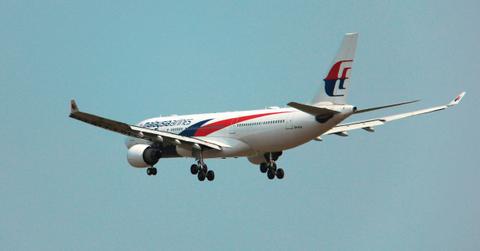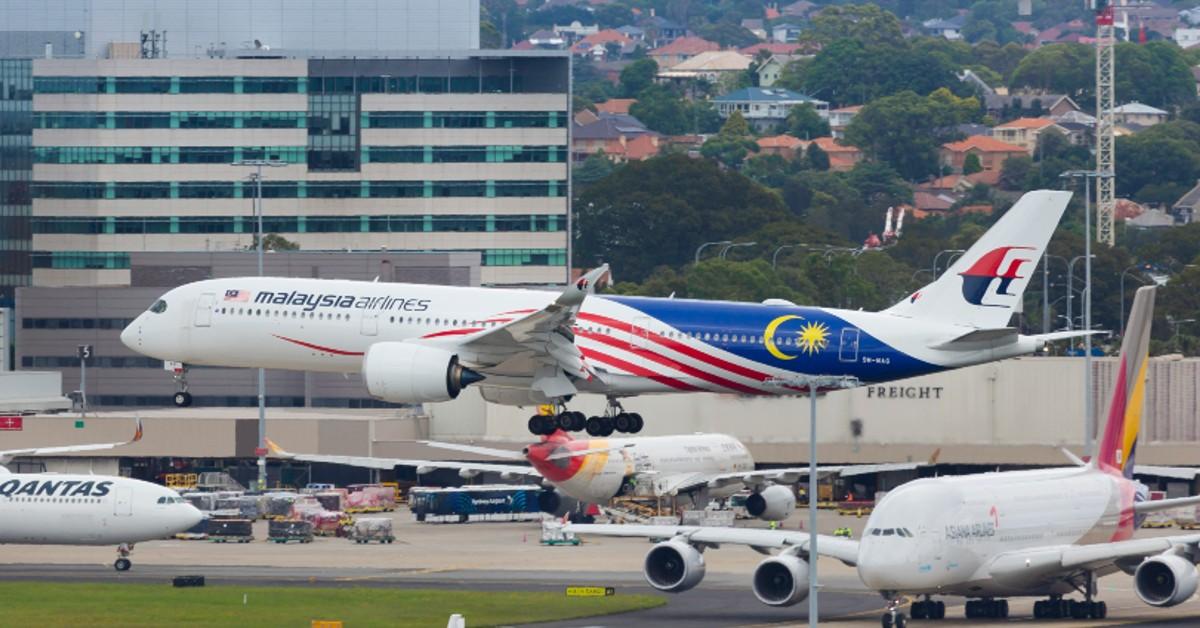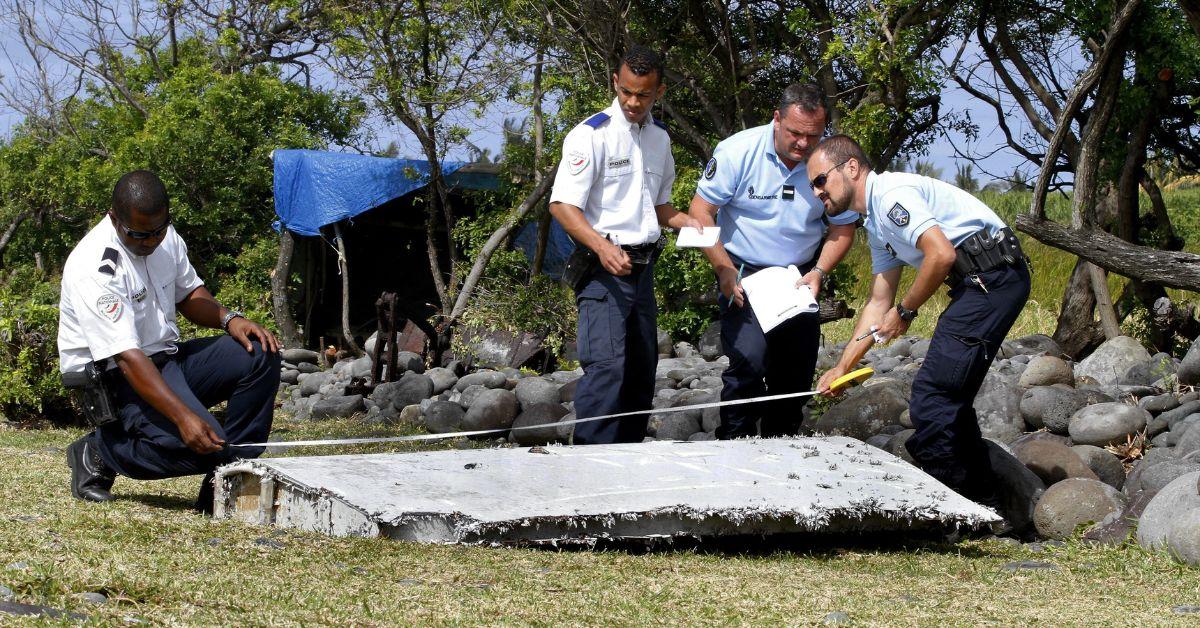Malaysia Airlines MH370 Solved? Scientists Propose Sea Explosions to Locate Doomed Flight’s Watery Grave

Researchers have developed a new method that could locate flight 370's wreckage.
May 21 2024, Published 2:00 p.m. ET
Researchers have concocted a new plan to discover the wreckage of the missing Malaysia Airlines MH370 wreckage, RadarOnline.com has learned.
A team at Cardiff University believes underwater signals captured by a hydroacoustic station off the Australian coast could be instrumental in finally solving the mystery of what happened to Flight 370 and its 239 passengers and crew.

Malaysian Airlines MH370 went missing on March 8, 2014.
During a routine flight from Kuala Lumpur, Malaysia, to Beijing, China, on March 8, 2014, Flight 370 seemingly disappeared out of the sky. Over ten years later, more questions than answers have been raised about Flight 370.
Researchers have offered a new method for locating Flight 370 wreckage, analyzing underwater audio signals, and using 10 open sea airplane crashes and one submarine disappearance.

Despite an extensive search effort, flight 370's wreckage has never been located.
According to Scientific Reports, the Cardiff University team analyzed "more than 100 hours of" captured on "hydrophones" from open sea airplane accidents and a submarine disappearance to develop their method.
When catastrophic accidents like an open sea airplane crash occur "distinctive acoustic signatures" are produced. These "acoustic signatures" travel through the water and are recorded on hydrophone technology.

Researchers believe underwater audio signals from controlled explosions could help pinpoint the crash site.
"Our analysis shows clear pressure signals from previous aircraft crashes were detected on hydrophones, even at distances exceeding 3,000km. In the case of MH370, official investigations concluded the aircraft must have crashed near the 7th arc — the point at which the last communication between the plane and INMERSAT occurred," Dr. Usama Kadri, a Reader at Cardiff University's School of Mathematics explained.
"Further analysis and future research are therefore necessary to fully comprehend the detected signals and their implications for MH370's disappearance."
The Cardiff University team "recommends authorities conduct field experiments including controlled explosions or airguns along the 7th arc while monitoring the signals received at surrounding hydroacoustic stations" to locate the wreckage.
In addition to helping locate Flight 370's wreckage, researchers also believe the field experiments could be used to further develop hydroacoustic technology as a means to locate potential future crash sites.

The technology could potentially be used to locate future open sea plane crashes.

"Similar exercises were performed in the search and rescue mission for the ARA San Juan, a submarine that vanished off the coast of Argentina in 2017. This shows us that it is relatively straightforward and feasible and could provide a means to determine the signal's relevance to MH370, prior to resuming with another extensive search," Kadri added.
"If found to be related, this would significantly narrow down — almost pinpoint — the aircraft's location. On the other hand, if the signals are found to be unrelated, it would indicate a need for authorities to reassess the timeframe or location established by their official search efforts to date."



